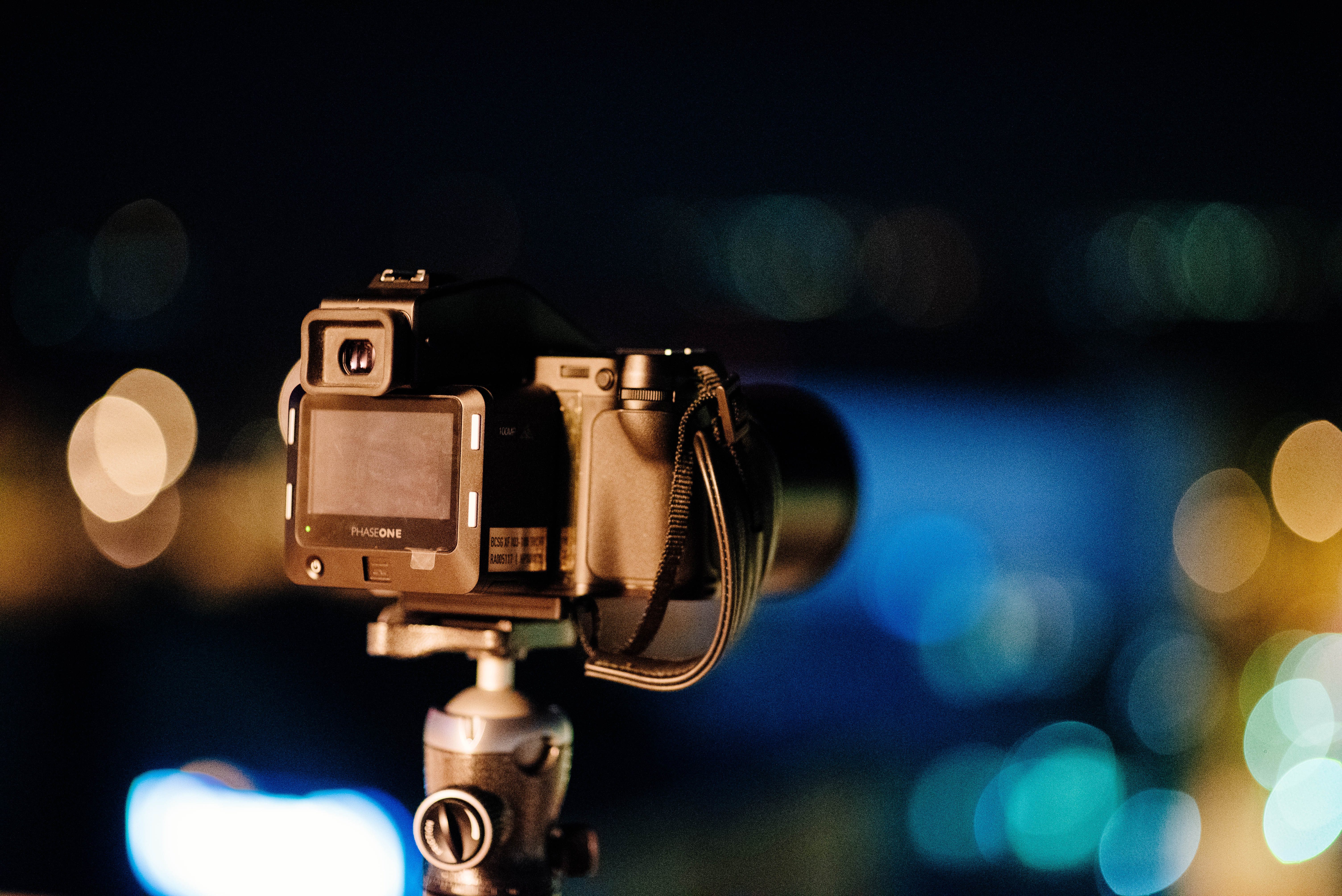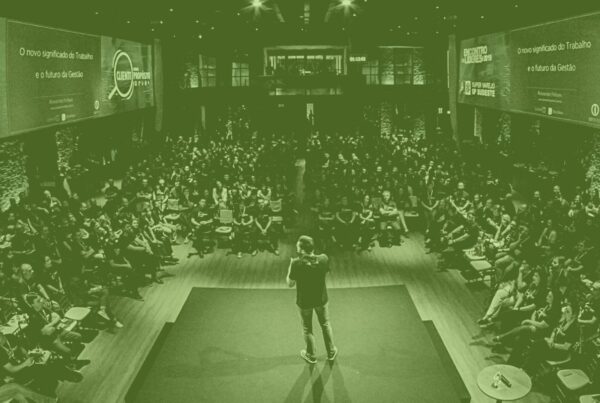The phrase “two heads are better than one” first appeared in the year 1546 and has stuck around for more than 500 years, and it’s safe to say it applies to building your dream event planning team!
In more modern terms, we might say that “teamwork makes the dream work” or any other number of cheesy team-building catchphrases.
No matter if they’re old and timeless or modern and cheesy, the sentiment of these sayings is true. A great team definitely makes all the difference. This is especially true when planning an event. It’s almost impossible for a single person to pull off an event on their own. You need a team you can trust.
However, we’ve all experienced working with teams that weren’t so great. You know the ones—teams, where a few people carry most of the load or one person, doesn’t pitch in. Committees where people butt heads and argue. There’s no room for that in event planning. The cornerstone of a successful event is a dream event planning team where everyone has a role to play and eagerly contributes to the success of the event.
Why Your Event Planning Team Matters
It’s impossible to put together an event on your own. Even if you had the bandwidth for everything, which you likely don’t, there’s also the huge variety of skillsets required. You can’t be in multiple places at once. Skimping on event planners means the event will skimp in other ways, too. It’s simply impossible to have one person take care of the VIPs, welcome guests, and coordinate food and activities at the same time. That’s why a team is so important.
Having a strong team also helps with problem-solving. Each person brings a unique perspective to the event that can appeal to more guests or help find creative solutions. Many hands make light work, and working with people with a variety of skills can make planning an event less stressful.
Great teams don’t just happen. It takes work and effort to find the right combination of skills and personalities. Event planning teams aren’t a one-size-fits-all approach. What works for one event might not work for another event. The key is to understand the scope of the event and put the right people in place who can get results.
Although the actual layout of each event varies, the basic requirements don’t. Here’s the ultimate guide to putting together your event planning dream team. No matter the size or type of event, sticking with these basics can help you create the perfect planning team.
Start Here: Team Captain
This person is the team lead, president of event planning, event guru, or whatever fancy title you want to give them. They will be the visionary and make sure every breath the staff makes aligns with the overall goal of the event.
The team captain is the leader. They’re the person who keeps the team moving in the right direction. They set the tone and goals and share that vision with everyone else. If you’re the team captain, everything goes through you. You can and should delegate to other committees, but ultimately, the success of the event rests on your shoulders. You take responsibility if something goes wrong. The team captain also backs up their committees and gives them the support and encouragement they need.
Before gathering the other team members, the team captain should have a basic idea of the goals and structure of the event. They should know the event budget, date, theme, and type of attendees. Start with a vision. Then, share that vision with the rest of your team. Help them see the importance of their roles. Share your excitement and be a leader. Help team members when they get stuck. Much like a team captain in sports has the job of rallying his teammates and pumping them up to win the game, an event team captain also rallies the team. You call the shots and have the overall vision, but you also need to trust your team and make sure you put the right committees in place.
For event planning, your team of committees may need to look something like this:
Program Administrators
Handling everything from catering to scheduling activities, the program administrators organize all the fine details of the event. This is arguably one of the most important committees. The team captain may have the overall vision, but the program administrators are the ones who make it happen. They coordinate all the details and logistics of the event.
Duties include:
- Estimating attendance numbers
- Creating audience personas
- Inviting and taking care of VIPs
- Selecting a venue
- Doing the site walkthrough
- Choosing a caterer
- Developing a menu related to how many people will attend
- Creating table seating arrangements
- Selecting speakers, sessions, and topics
- Detailing the program of activities
- Creating a schedule of events, including timing and content
- Scheduling entertainment
This committee should only be two people. This allows for there to be enough work for each person without too many cooks in the kitchen. The two people on this committee can bounce ideas off of each other, get a second opinion from one another, and easily communicate with the team lead and other committees. Much of what the program administrators do is towards the beginning of the event planning process. After all, you can’t market an event without a venue, and you can’t hype an audience if you don’t have presenters or entertainment.
Creative Committee
The creative committee somewhat speaks for itself. They are your in-house ideators and implementers of the media, marketing, attendee engagement, and more. The creative committee builds the brand of your event and ensures it’s consistent throughout the entire event, from pre-event marketing to an after-event survey. They’re the creative minds that add an extra flourish to create a memorable event that gets people talking.
The creative committee does everything from making sure your attendees and target attendees have all the information they need to getting them there and allowing them to have a great time.
The creative committee should have a strong understanding of the theme and goals of the event. How you design and market a large trade show is much different than how you design and market a shareholder conference. Let this committee have some free reign to let their creative juices run wild, but make sure that there efforts still tie into the strategic goals of the event.
Duties include:
- Taking pictures and video during the event
- Engaging with audience and media
- Documenting all sessions and program of activities
- Putting together multimedia presentations for sessions
- Monitoring and posting to social media, including creating an event hashtag
- Developing branding, theme, and visuals
- Creating handouts and printed material, including the schedule of activities and program
- Designing the catering menu and seating layout
- Creating the event/venue map
- Designing t-shirts and uniforms for staff and attendees
- Creating and updating the event website and mobile app
- Designing the event logo and swag
The creative committee can have a fairly intense job. This role is vital to making the event an venue aesthetically pleasing. Many teams use contracted labor for duties such as photography and videography.
The size of committee can vary, depending on the photographers for each room or activity, how many social media platforms are being utilized, and visual techs who put together photos and videos for the main sessions and multimedia marketing. A larger event could have full-time social media managers, while a smaller event may just have one or two photographers who can capture everything. Sketch out the creative needs of the event and make sure this committee is fully staffed. Check in during the event planning process to see if more team members need to be added.
 Operations Liaisons
Operations Liaisons
The operations liaisons are the doers or the labor of the event. This committee can be made up of employees from your company, hired help from event companies for AV, security, and set-up, or even volunteers.
The responsibilities of the operations liaisons vary greatly depending on the type of event. For a large concert or trade show, the operations liaisons could number in the dozens and be in charge of driving attendance and building buzz around the brand and event. A smaller event like a company picnic or niche conference might only require a handful of operations liaisons who focus more on logistics.
Duties include:
- Setting up chairs and tables for catering, breakout rooms, and main sessions
- Cleaning up and tearing down after the event
- Tech support (if not included by AV production company)
- Making sure the venue and the equipment are safe and secure
- Ensuring the crowd is under control
- Managing lines and crowd flow throughout the venue
- Handling any disturbances
- Engaging with the audience and hyping the crowd
- Disbursing event swag
- Distributing programs to attendees and entertainers
- Answer questions and supporting attendees
The number of operations liaisons depends on the amount of work that needs to be done during an event. You may only need a large group of volunteers for before and after the event. However, it’s always important to have a team of trained techs and brute-force labor to handle any physical work that needs to be done. You don’t want to underestimate how many people you need and then have to call in people from other committees and pull them away from their responsibilities.
Having a detailed schedule of the event can help you know if you need operations liaisons during the entire event or just for specific times and activities. In general, the larger the event, the more operations liaisons you’ll need. The operations liaison committee is generally a great place to use volunteers because the roles don’t require much training. As long as someone can lift heavy materials or talk to people, they can take on these responsibilities.
Treasury Committee
The treasury committee handles the money. This includes the budget, payment disbursement, and funding from sponsors and grants. Without a solid treasury committee, your event might not have the funds to reach your goals. The treasury committee should be involved in the planning process from the very beginning stages. After all, the budget dictates the scope of the event. The treasury committee should be responsible and transparent to ensure the money is protected and used properly. Ideally, you want people who will stick to the budget and find creative ways to cut costs without sacrificing quality.
Duties include:
- Creating an overall event budget
- Coordinating with other committees for cost estimates and quotes
- Getting funding from sponsors and grants, if needed
- Setting budgets for separate committees
- Receiving and/or disbursing payments
- Keeping accurate record of all money going in and out
- Approving quotes and providing means for payment
Overall, the treasury committee is responsible for anything related to money and record keeping. In most cases, the committee only needs to consist of two people. One person can coordinate budgeting with other committees, and another person can pay expenditures and keep track of transactions. For larger events, those roles can be broken up to include an additional two people.
Dream Event Planning Team
Planning an event goes much more smoothly with a proper team in place. This basic framework can be applied to any kind of event, no matter the size or budget. Just add more people for each role for larger events, and cut the number of people for smaller events. Remember that a bigger team isn’t always better. Choose the right people for the job and make sure they have enough work to do. The goal is to find the balance of having enough people to get the work done without too many people that it gets distracting with competing opinions.
When things are organized, everyone knows their role and can work according to their skills. Instead of waiting to the last minute to throw together a team, consider carefully who you put in charge of each committee. Spending time to solve the puzzle of the perfect team can be a strong investment in getting a great event.
Work together with your team and practice strong communication. Get everyone on board with what you are trying to achieve and share the excitement. Together, you can all complete your assignments and create the event of your dreams.
 Editors Note: This article was originally published December 11,2014 and has been completely revamped for accuracy and current trends.
Editors Note: This article was originally published December 11,2014 and has been completely revamped for accuracy and current trends.









